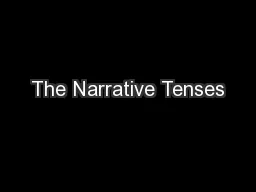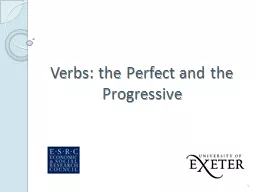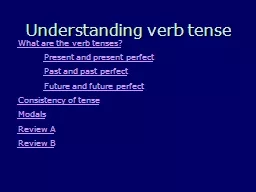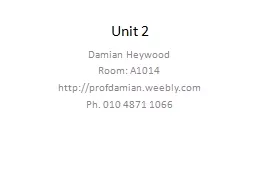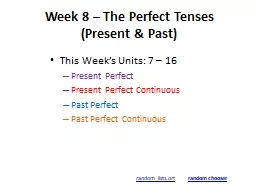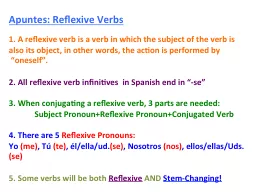PPT-19. impri APUNTES: PRESENT PERFECT
Author : mentegor | Published Date : 2020-07-01
An L Ford Production 2018 OBJECTIVE TLW use the Present Perfect in order to express what one has done in the target language The Present Perfect is used to
Presentation Embed Code
Download Presentation
Download Presentation The PPT/PDF document "19. impri APUNTES: PRESENT PERFECT" is the property of its rightful owner. Permission is granted to download and print the materials on this website for personal, non-commercial use only, and to display it on your personal computer provided you do not modify the materials and that you retain all copyright notices contained in the materials. By downloading content from our website, you accept the terms of this agreement.
19. impri APUNTES: PRESENT PERFECT: Transcript
Download Rules Of Document
"19. impri APUNTES: PRESENT PERFECT"The content belongs to its owner. You may download and print it for personal use, without modification, and keep all copyright notices. By downloading, you agree to these terms.
Related Documents


